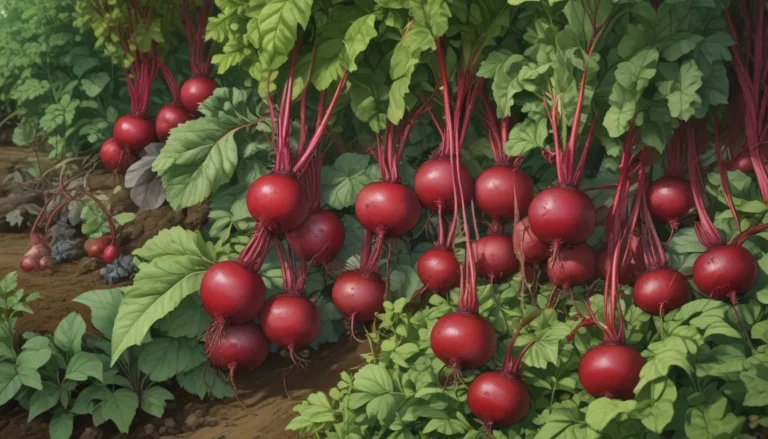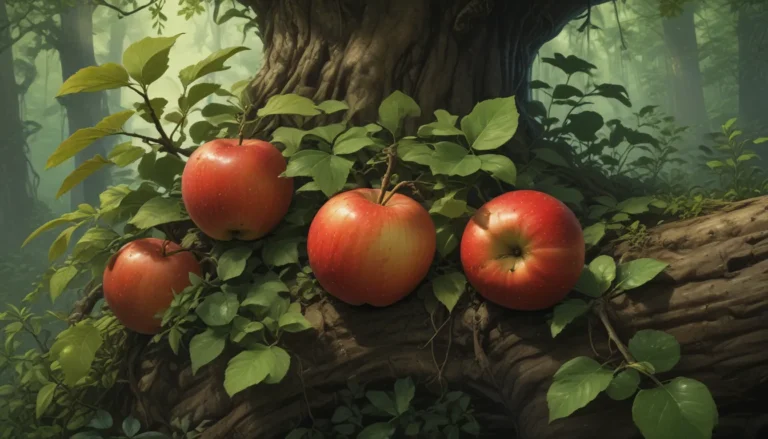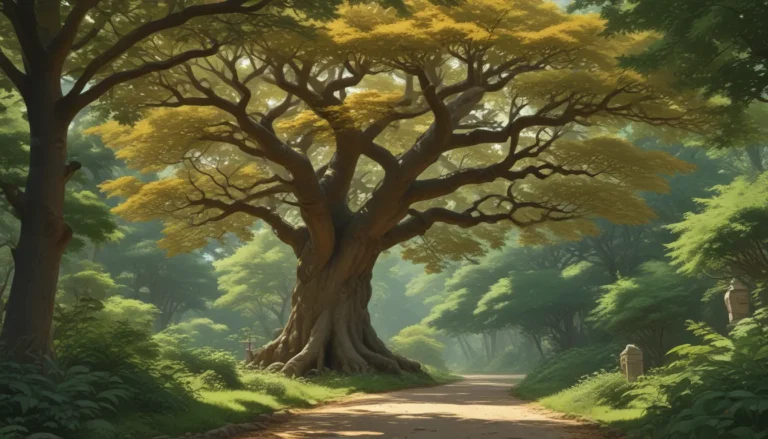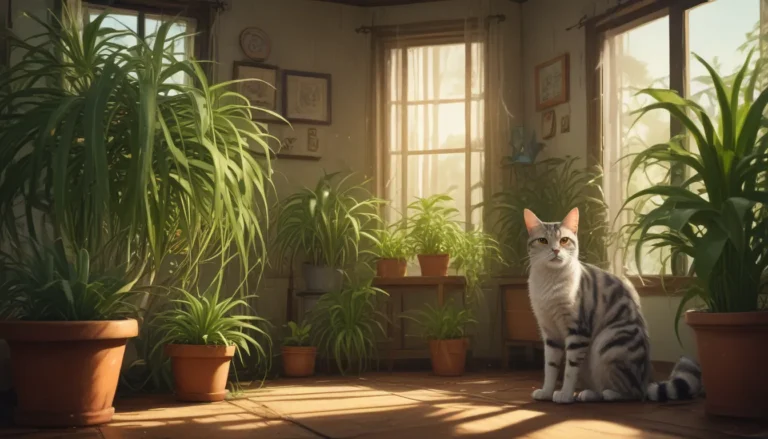Unraveling the Mysteries of Bleeding Heart Flowers: A Comprehensive Guide
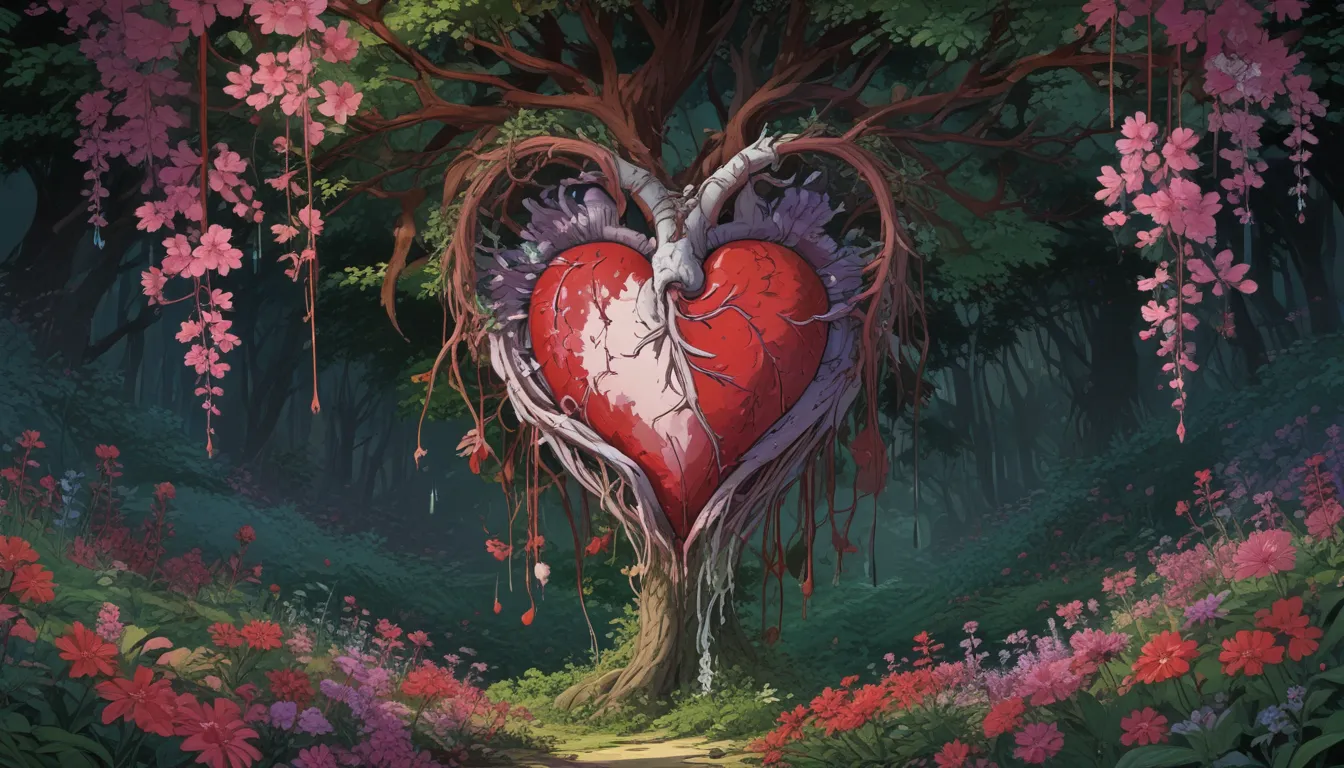
Bleeding heart flowers are a sight to behold with their unique heart-shaped, pendulous blossoms that bring color and charm to shady spots. Not to mention, they are incredibly easy to care for, making them a favorite in many gardens.
Imagine a cottage garden without these delicate beauties – it’s nearly impossible to picture, right? So, the question arises: do bleeding heart flowers change color?
While these plants typically maintain their hues, there are instances where they might surprise you. In this in-depth guide, we will delve into the science behind color changes in flowers and explore whether they affect Lamprocapnos and Dicentra species.
What You’ll Learn:
- What Colors Do Bleeding Hearts Come In?
- Do Bleeding Hearts Change Color?
- What Causes Color Change in Flowers?
What Colors Do Bleeding Hearts Come In?
Bleeding hearts come in a stunning array of colors, ranging from red, pink, yellow, white, rose, wine, violet, or a blend of these shades. While North American native species (Dicentra) tend to display softer colors and smaller blooms, some Lamprocapnos spectabilis cultivars and hybrids boast vibrant hues.
Fun Fact: Beware of online offerings of black, blue, or vibrant purple bleeding heart flowers – these are likely dyed or painted imposters that won’t maintain their colors.
Do Bleeding Hearts Change Color?
In general, bleeding heart flowers do not change color. So, if you notice your pink blooms suddenly turning white, it’s more likely due to other factors.
Potential reasons for color shifts include:
- A white plant previously occupying the spot grew dominant.
- A neighboring plant with different hues outcompeted your original plant.
- Purchasing a mislabeled plant led to unexpected colors.
Unlike certain flowers that alter hues due to soil pH or temperature changes, bleeding hearts typically remain consistent.
While genetic mutations can occasionally result in color changes, these instances are rare. Overall, bleeding heart flowers are known for their stability in coloration.
What Causes Color Change in Flowers?
While many flowers can undergo color changes due to various factors such as soil pH, temperature, or pollination, bleeding hearts tend to buck this trend. They maintain their hues regardless of external influences.
Some flowers adapt to climate change by becoming darker to counter increasing UV exposure. However, bleeding hearts remain true to their original colors, showcasing their reliability.
So, if you’ve noticed subtle shifts in your bleeding heart flowers’ shades over time, it could be nature’s way of adapting to environmental changes.
These Hearts Stay True
For the most part, bleeding heart flowers stay faithful to their colors, offering a sense of stability and continuity in your garden. Despite occasional variations, these plants are dependable in maintaining their hues.
What colors adorn your garden? Share your experiences in the comments below and revel in the beauty of these enduring blossoms.
May this comprehensive guide provide clarity on the color-changing mystery surrounding bleeding heart flowers. If you seek more insights into growing these enchanting plants, check out our related guides on winter preparation, troubleshooting tips for yellowing flowers, and reasons for blooming failures.
Remember, amidst the ever-changing nature of the world, some things – like the hues of bleeding heart flowers – remain constant and true.
Stay tuned for more thrilling insights into the enchanting world of gardening!
